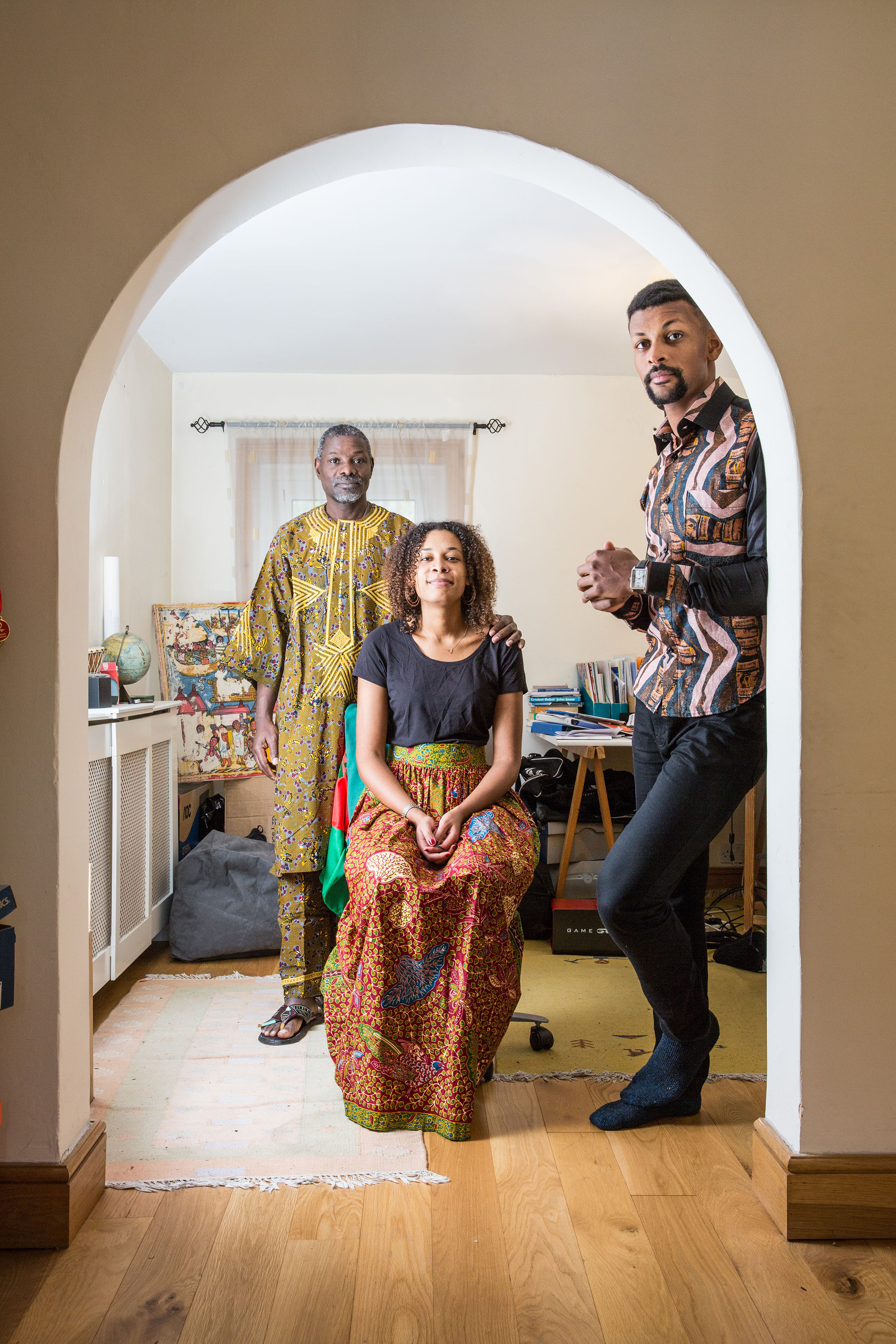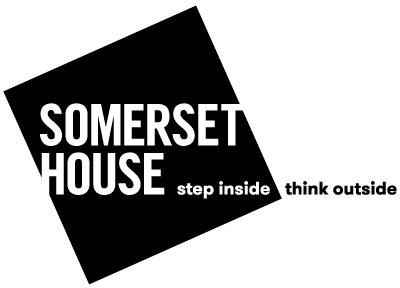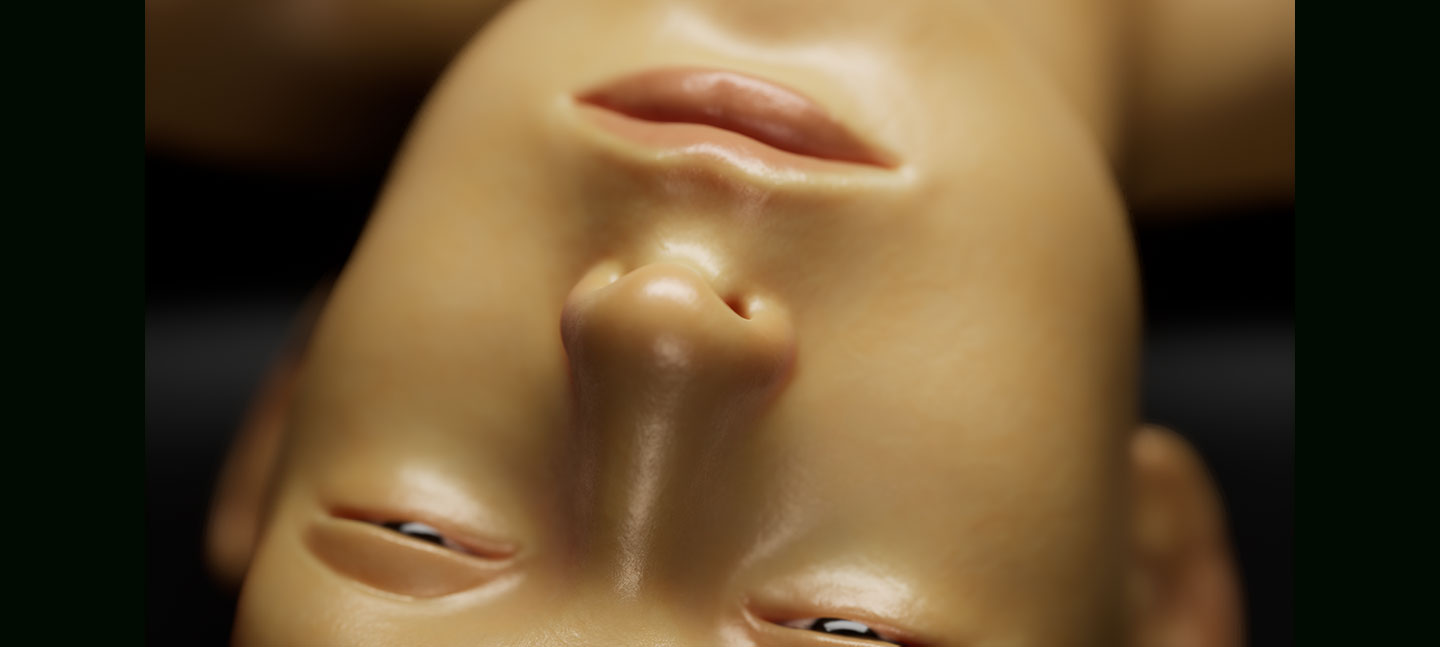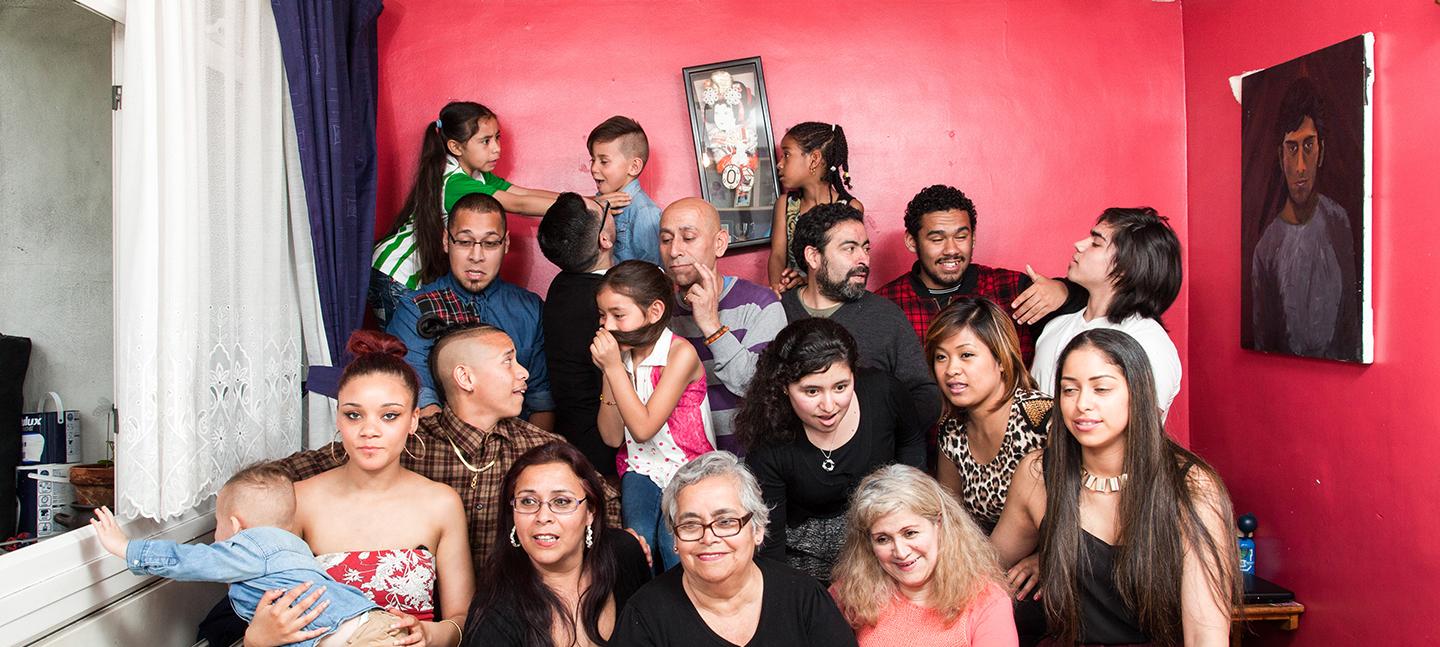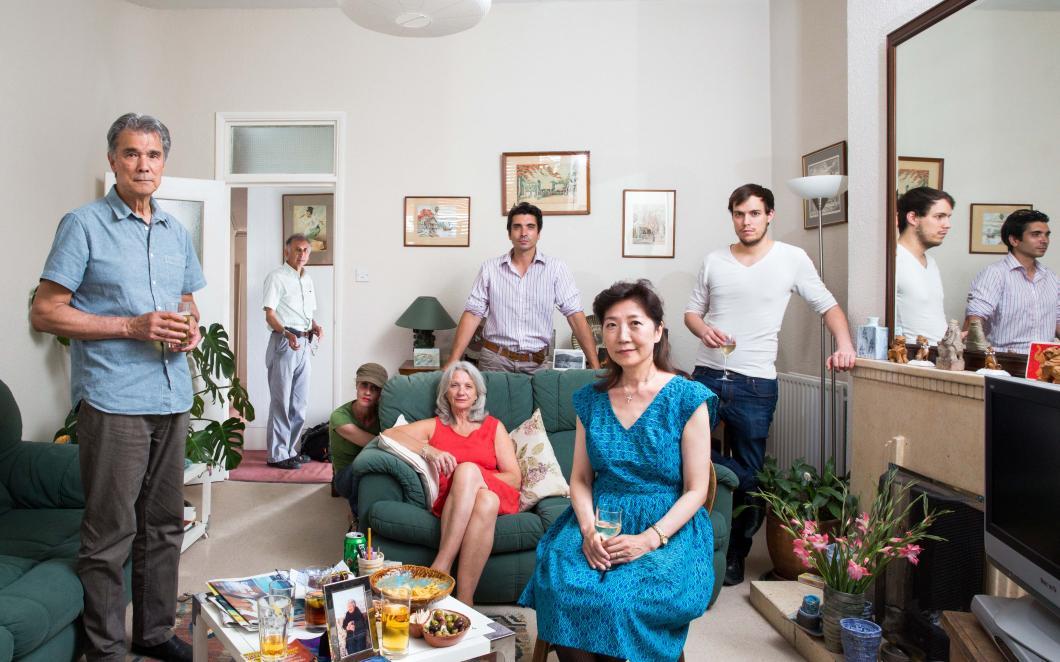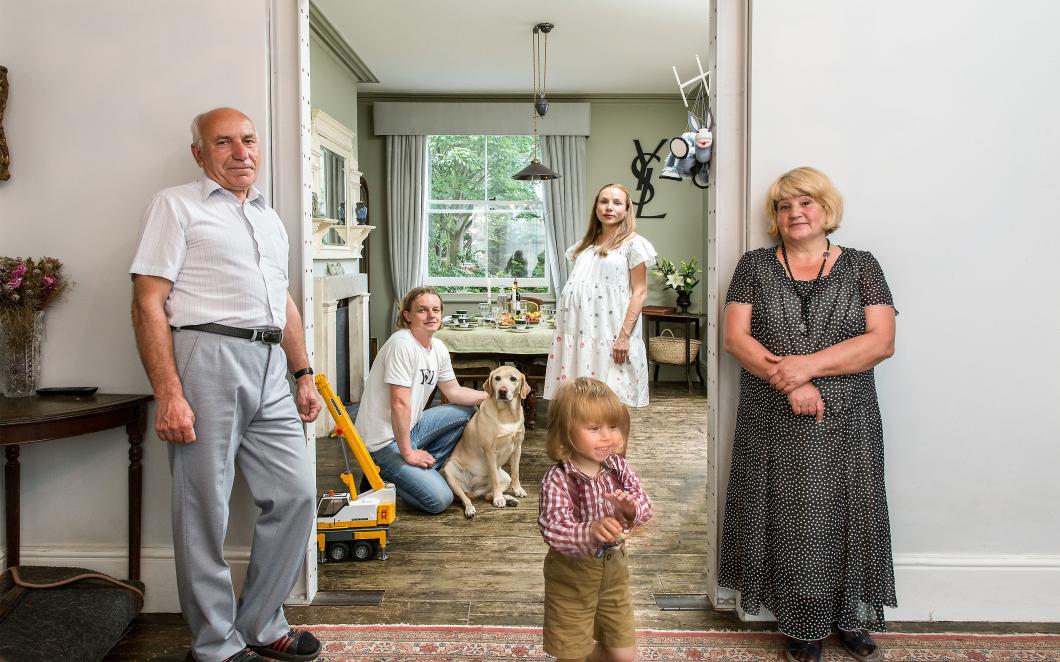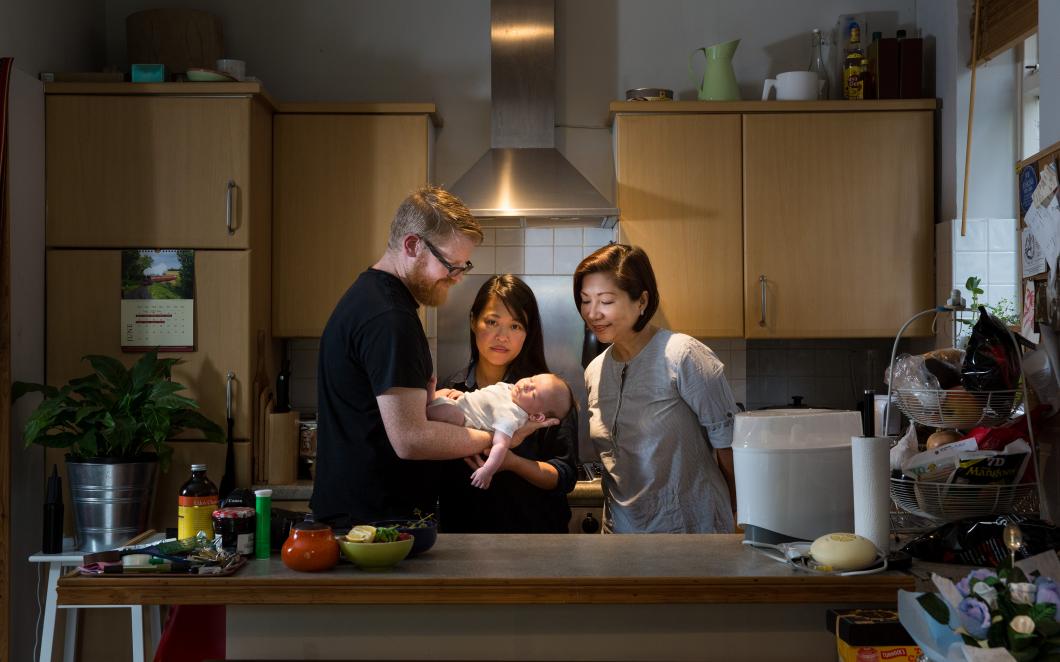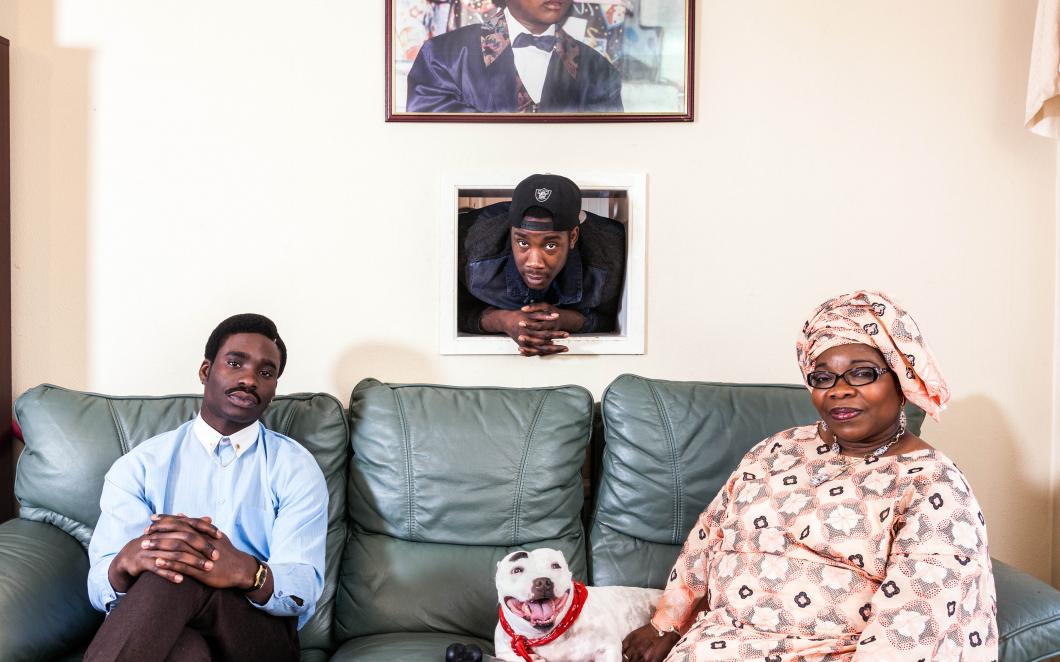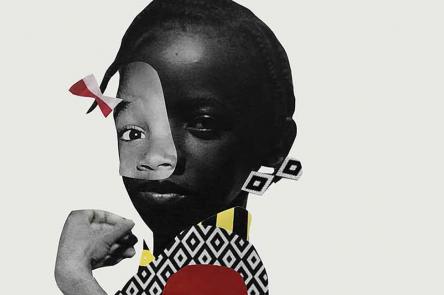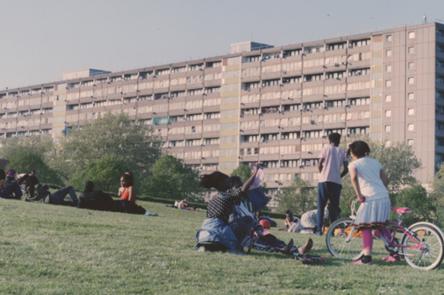
For 'The New Londoners', Chris Steele-Perkins sought to pay homage to the diversity of London by photographing people who have made the city home. His photo series, which features in Kaleidoscope, is a reminder of how immigration has made London the incredible place it is today.
What was the inspiration behind the project, and how did it come about?
There had been a lot of publicity recently about immigration and refugees - mostly negative, mostly sensational - riots in Calais, people drowning off the coast of Greece and so on. I wanted to do something because I believe that immigration is one of the great topics of our age. I wanted to address it some way, but not in the way that the mainstream media was largely attacking it. I came across the idea that in London, history has turned itself upside down - from being the centre of the world as it were, and commanding the world, and putting people in charge of the rest of the world, now the rest of the world are coming to England, and to London in particular. London has a population that is unheralded in human history, and that seemed like an interesting starting point.
I thought if you could do a portrait of the 'new Londoners' then you might be doing something different, and addressing the issue of migration from a position of celebration rather than condemnation. [The families] aren’t tourists who are passing through for one day; these are people who've invested themselves in living in London. My history is also one of migration - I'm one of the same people in that sense, and I'm in the book with my family. I was born in Burma, my mother's Burmese, my wife is Japanese, my half-brother is half-Australian, and so on. So I'm very much part of it, and all those things came together in the work that I did.
STC2018012G1582BLarge1_kow res.jpg
